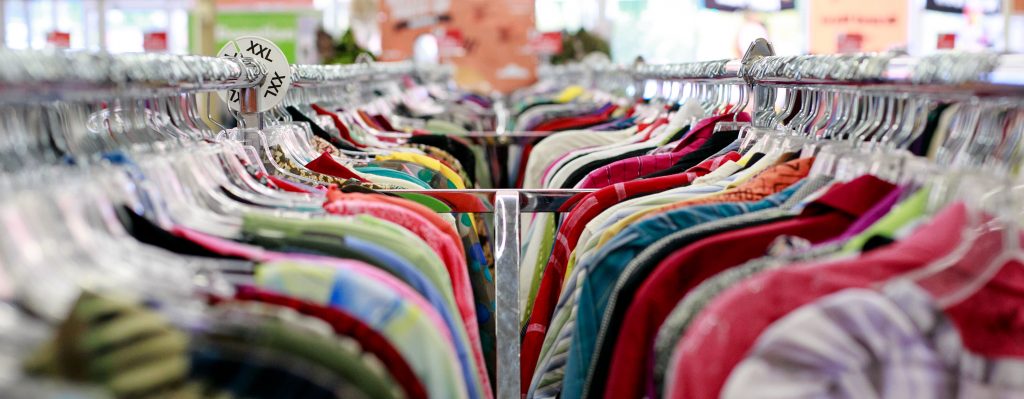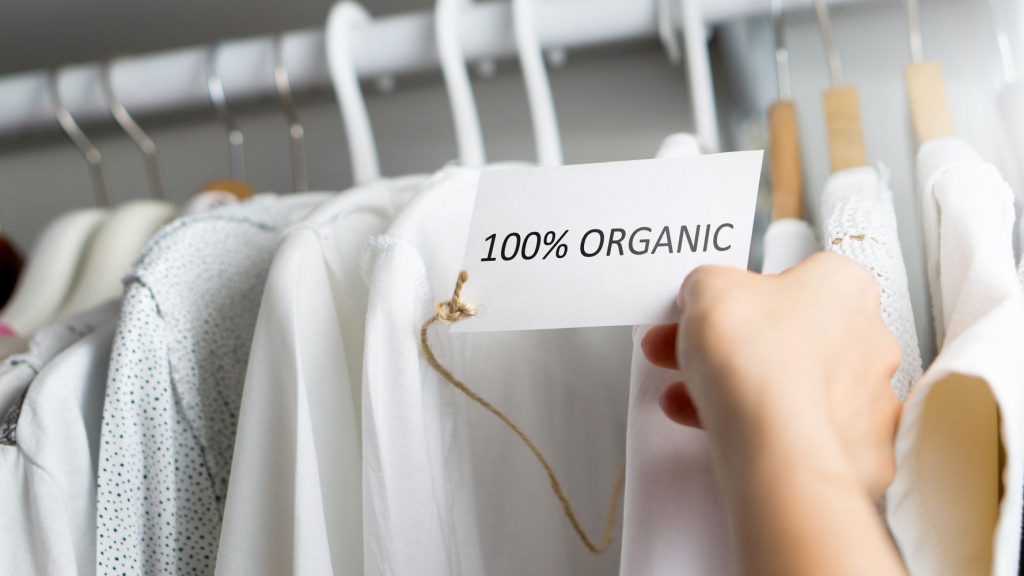Going back home from hostel is always a discovery of useless things. It begins the second I walk out of the airport into the perpetually humid daze of Bombay. Suddenly, I’m lost. The auto stand isn’t where it used to be, the tea stall at the airport now no longer serves in paper cups. I’m almost offended and slightly heartbroken that things have changed, the city is moving on without me. How can I ever make peace with that?
The useless feelings directory only grows as I walk into my home, greet my parents with hugs and prod into my room. I dump my suitcase in its usual spot, and flop on the bed. There are two big brown cupboards opposite the bed, the one of the right holds my clothes. The left one is my sister’s, but ever since she moved out, my father has been slyly taking it. I open it only to feast my eyes on his rather colourful collection of Fab India shirts. I spot a couple of shelves that are still clustered with my sister’s old clothes.
One look at the piles of old clothes is enough to induce guilt for days, especially when I am unpacking and my brain is called upon to realise that I packed ten pairs of clothes for a five day stay. Clearly, I’m consuming way more than I should.
One look at the piles of old clothes is enough to induce guilt for days, especially when I am unpacking and my brain is called upon to realise that I packed ten pairs of clothes for a five day stay. Clearly, I’m consuming way more than I should. There is enough information out there about ethical consumption that directly connects my fast-fashion filled wardrobe to the global economy and changing climate patterns. Yet every morning when I look into the mirror and ask myself what I should wear, the answer as every sponsored advertisement on my phone inevitably suggests is “something new.“

The Fallacy Of Fast Fashion
85% of this “something new” with H&M and ZARA tags within months of buying will end up in landfills—barely worn and pathetically new clothes that will be dumped for newer ones. And the story doesn’t end well for anyone, because this “something new” is also a product of flawed and deeply problematic labour policies. These industries are so inexpensive because they find the labour for their productions in developing countries like ours and a few others.
According to Ian Barron in Bellatory, a pair of jeans costs 92 cents to make in India, including safety measures and wages for workers. A lot of these workers are women who are forced to turn in labour tirelessly even through their pregnancies and without any maternity leave. These are workers who are part of a deeply oppressive sweatshop culture that doesn’t even account for their safety, let alone rights. In 2014, the Rana Plaza factory in Bangladesh collapsed, killing 1,134 people and injuring about 2,500 more. To think of it now, that peach coloured top that seems like a total steal on the racks actually costs much more than the price tag allows us to believe. As seekers of “something new” we are part of the problem, not the solution. The solution is of course to consume more ethically.

But, in such a skewed system, if at all ethical consumption is possible then how and where does it begin?
Ethical Consumption: Something Borrowed, Something New
In the peak of my thirst for clothes, on a random day I decided to scavenge my sisters wardrobe, because mine felt boring. This is when I discovered my sister’s wardrobe in its truest sense. She had moved out of home a few years ago, but her old clothes were still left in the cupboard. I am 10-years younger to my sister, so I rarely got any hand me downs in school. But that day, for some reason I decided to push myself on a scavenger hunt through piles of her old clothes. I wasn’t surprised to find so many of them still folded neatly, owing to what was and still is the biggest incompetency my parents carry with them – they simply cannot bring themselves to part with anything in the house.
Also read: The Ugly Truths Of Fast Fashion And My Journey With Ecofeminism
So my rather unexpected scavenger hunt found entire closet of cotton dresses, pants, pullovers, scarves and tops. These were clothes that my sister had grown out of. They were old, but not at all withered; the charm that they possess is something I can never manage to explain in sight and smells. These clothes felt familiar, they were strangely nostalgic in resurfacing feelings that I had forgotten, moods that I did not remember. For instance, when I was still in primary school, this one time my sister got home a pair black flat heels that I loved so much that one Sunday afternoon, I interrupted my mother’s precious nap and asked her if we could cut the shoes with a knife so that they would fit me.
I ALREADY KNEW—ALL OF OUR FAST FASHION WARDROBES COLLECTIVELY FORM POSSIBLY THE DARKEST SPOTS IN GLOBAL ECONOMY AND THE CLIMATE CRISIS. OUR CONSCIENCE BECOMES NON-EXISTENT BECAUSE SUSTAINABLE FASHION IS EXPENSIVE, LETTING US OFF FAR TOO EASILY AND ALLOWING US TO TELL OURSELVES THAT SAVING THE PLANET IS ESSENTIAL BUT UNFORTUNATELY TOO EXPENSIVE. AN EXCUSE WE WOULD LIKE TO HOLD ON TO BECAUSE IT CAN BUY US A SHOPPING BAG FILLED WITH THE LATEST TRENDS.
My mother didn’t react; she was used to my weird demands by now. She just mumbled something about them being my sister’s without opening her eyes. ‘But she’s already wore them twice,’ I protested. My mother didn’t listen; she was back into her thick sleep. I left the bedroom dejected. I didn’t recognise or remember the existence of this memory until I discovered a blue cotton dress that my sister had worn on the very same day. It was a simple dress, but it held more information that anyone could carry in their memory boxes.

I’ve never hoarded objects as such; in fact I am always slightly annoyed when objects live for too long. I like to exhaust things—to fill up notebooks so they don’t remain idle and empty, to dump dried up ballpoint pens in the dustbin the moment they stop working, to throw away bills the second I walk out of the store. My sister’s 10-year-old clothes moved me away from habitually exhausting things and then running to a store at the drop of a hat. It reiterated what I already knew—all of our fast fashion wardrobes collectively form possibly the darkest spots in global economy and the climate crisis. Our conscience becomes non-existent because sustainable fashion is expensive, letting us off far too easily and allowing us to tell ourselves that saving the planet is essential but unfortunately too expensive. An excuse we would like to hold on to because it can buy us a shopping bag filled with the latest trends rather than practice ethical consumption.
Discovering my sister’s clothes bought new found realisations of ethical consumption for me the most important one being this—maybe it is impossible to not buy when H&M and ZARA are literally screaming through every visible screen, but what can be done is to ensure as little as possible gets dumped. A lot of faith can be placed in the idea of renting, wearing hand-me-downs, thrifting and simply wearing our clothes for ethical consumption. Because our collective quest for “something new” is harming the planet and violating human rights more than we can ever imagine.
Also read: Why Sustainable Fashion Is A Feminist Issue
To think of it now, the idea the that I can wear my clothes for longer is such a simple one, but it took a few many revelations and mining my sister’s closet for it to reach me.
20 years old, Anjali is currently studying visual communication and creative writing in Bangalore. Deeply interested in politics, gender, justice, history, Anjali reads a lot, drink tea and can be found playing with cats most of the time.
Featured Image Source: Huckmag




